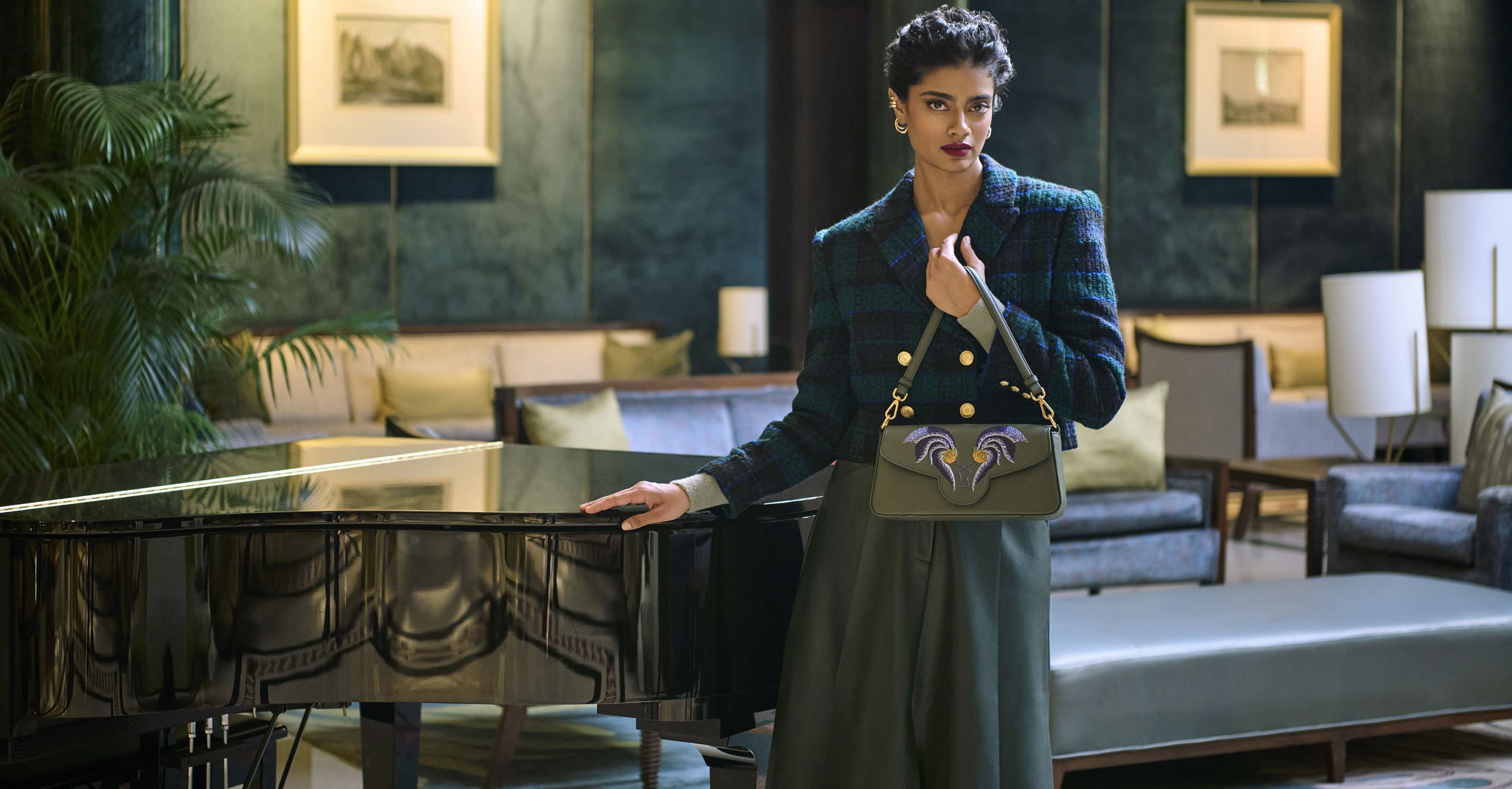
It feels a bit strange to write about the ‘first’ luxury handbag from India, especially when Aranyani launched as late as 2019. In fact, it is difficult to write about the first luxury ‘anything’ from India starting in the 21st century because luxury is not new to us in India. It is as ancient as the Vedic Indian civilization itself. We have eaten off silver plates, worn clothes woven with gold threads and toyed around with precious gemstones.
For more than 2000 years, India was the sole supplier of these gemstones to the world. India was also home to diamonds and invented the diamond drill, which was then taught to the Romans. India’s fascination with jewelry dates back to the Indus Valley Civilization which produced necklaces lined with pendants of banded agate and jade beads suspended by a thick gold wire that passed through a perfectly drilled hole in each bead.
Luxury, for India, was not just about opulence. In the true sense of the term as described by the Oxford dictionary - a state of great comfort or elegance, especially when involving great expense - it was a way of life. For instance, gender didn’t dictate what jewellery was worn or how much of it was worn. Nor were gemstones restricted to the colors black and white. There were near-infinite choices available and freedom provided in what one wore.
India has been home to luxury from centuries, nay millennia.
Two standout aspects of Indian Luxury
Technological prowess apart, the continuity and timelessness of design in Indian luxury is remarkable. The 5000-year old sheet gold forehead ornament, for instance, is of a shape that you will find women still wearing in different parts of India. The timelessness in design came from the concept of energies/vibrations associated with different articles found in nature. These vibrations were the basis of design for a particular person (based on the science of astrology), the family (based on ancestral horoscopes) and community to align the human core with the omnipresent divinity.
Besides timelessness, the other aspect of Indian luxury is the positive impact it brought about at every touchpoint. In the simplest sense, a positive impact is a state in which two or more parties work together synergistically without harming anyone/anything else, even those outside the collaboration.
It is no surprise then, that Indian luxury inspired the existence and growth of many European brands like Cartier, Van Cleef & Arpels, Chanel and many other global brands today. Unfortunately the 200-odd years of British rule in India led to the fall in the design-driven focus and a shift to becoming a manufacturing country. However, this trend reversed once again with the growth of top designers from India - Tarun Tahiliani, Manish Malhotra, Abu Jani Sandeep Khosla, Sabyasachi - and in more recent times, Anamika Khanna, Kresha Bajaj and Supriya Lele. Besides fashion, India has also started to produce some fine home based products brought to the world by the likes of Good Earth.


Aranyani Handbags - A woman’s Best Friend
Luxury handbags, in the modern times, have become the latest jewelry pieces that a woman adorns herself with. They are a woman’s close companions and her personal ‘carrier of secrets’. Not surprisingly, and in keeping with its abilities, India has designed a timeless and exquisite handbag. Aranyani is India’s answer to the question of a modern luxury handbag for the global woman.
Inspired by nature, Aranyani creates handbags in a modern aesthetic while adhering to traditional methods. It has revived the ancient Indian arts of hand-painting, hand-embroidery, gold-gilding and setting gemstones while presenting them to the world of luxury in a modern light. Rejuvenating tradition by injecting liberal doses of contemporary design aesthetics, Aranyani plays its part in the sustenance and evolution of the oldest civilization in human history.
